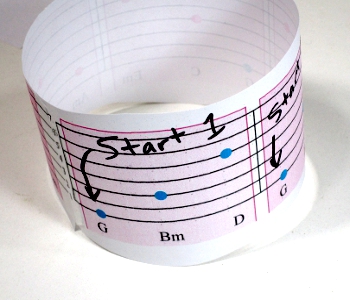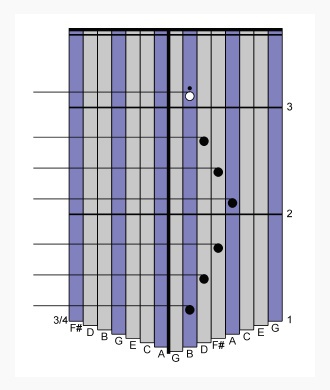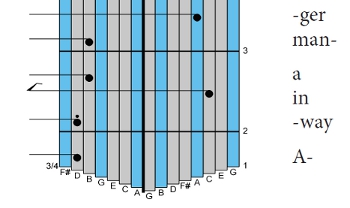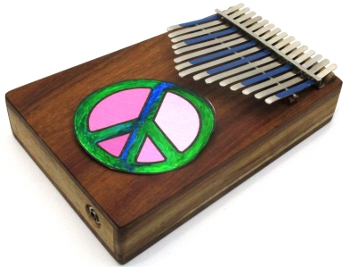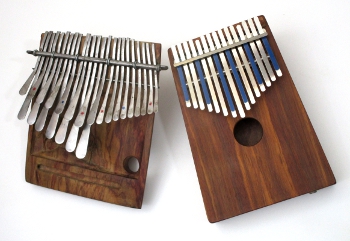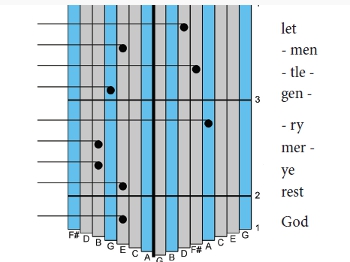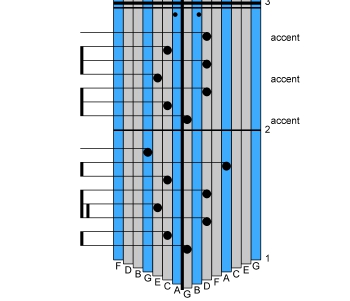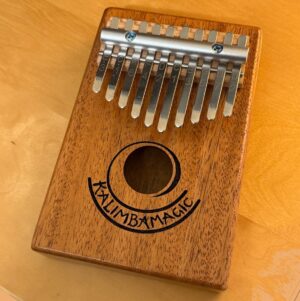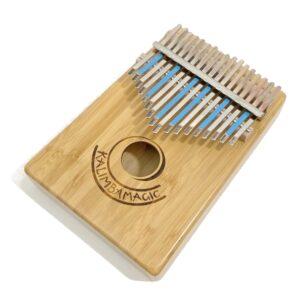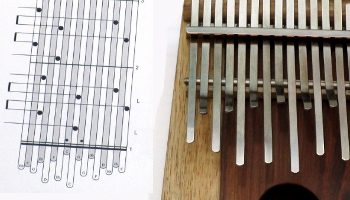
Learn to Read Tablature – 1
What are these different note symbols, and how long does each one last? In a recent blog post I described the the tablature as a map of the kalimba tines which shows you the right tines to play to accomplish a particular melody or song. If you are a newcomer to reading any kind of music, and find it impossible to know how to “see” tablature, or to know what the different symbols in kalimba tablature really mean, don’t despair. This blog post is just for you – we talk about what the “tine map” means, look at the different types of notes and how long each kind lasts, and
